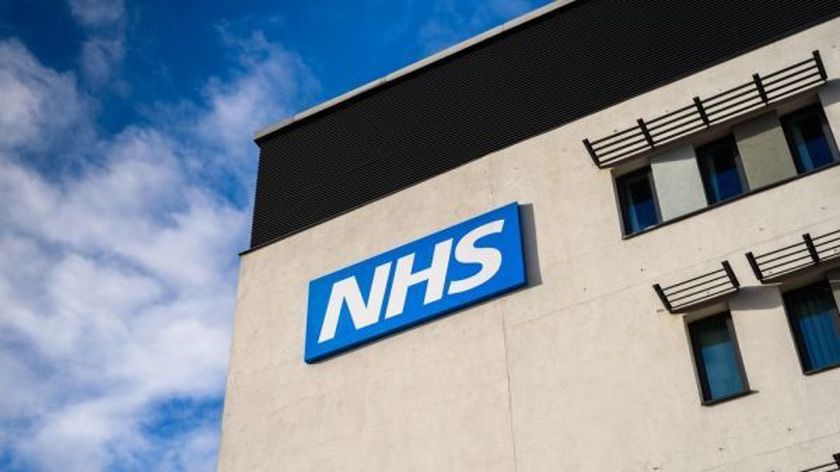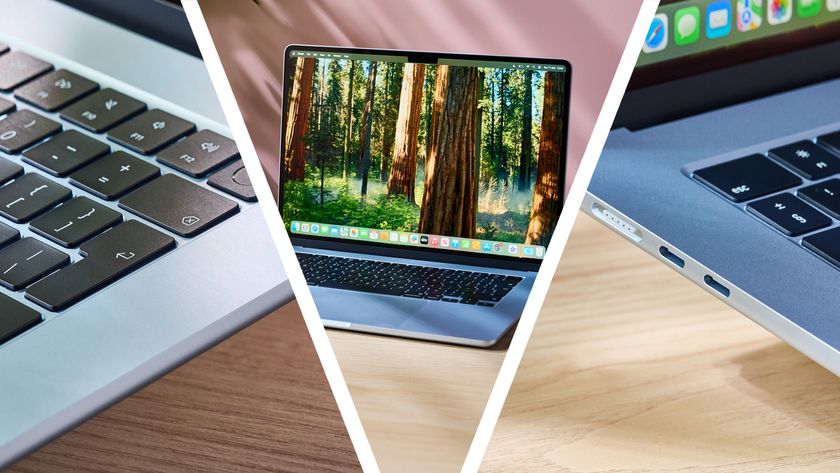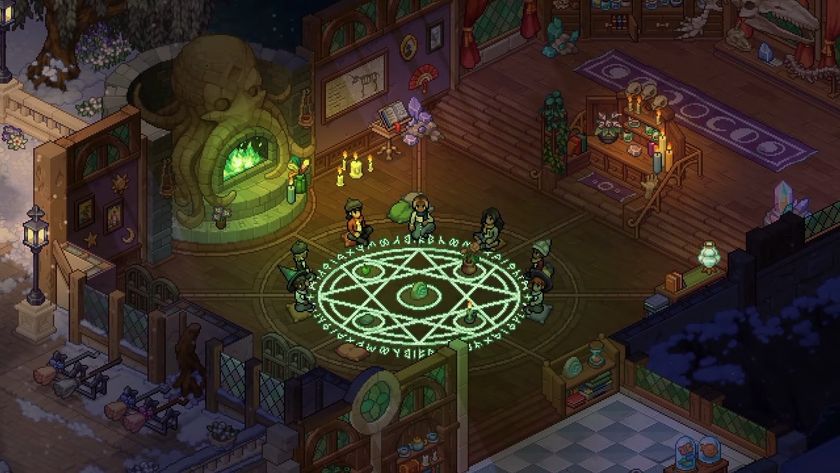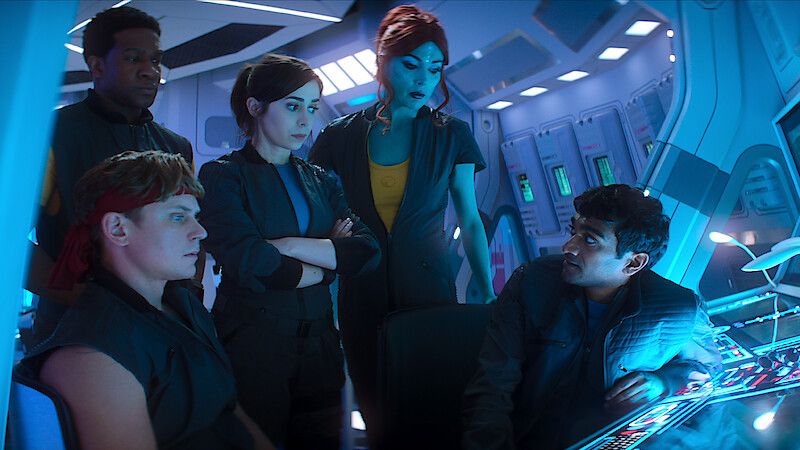AMD: We're going after Nvidia graphics with Kaveri APU
The war is nothing new, but Kaveri is
When a Mantle optimization-bearing update arrives for Battlefield 4 in December, we'll have an accurate idea of just how much the API improves graphics performance in the real world.
Masters of productivity
Our meeting with Kozak held more than just a BF4 run through.
He also showed us a JPEG decode accelerator that overrides the usual routines found in Windows and speeds them up with Kaveri. In one thumbnail decode run, performance increased by 110.1%.
When the first Kaveri APU desktops become available January 14, they'll have the decoder built in. More than simply decoding family photos faster, the driver shines a light on an area AMD wants to target with Kaveri.
"Productivity is sort of a new one for us," Kozak told us.
The company plans to have additional productivity compute acceleration examples at launch, and Kozak said that "the idea there is to gain interest, [to] get Microsoft and others aware that you can make things a lot faster on tasks that people still care about in a professional level with these crazy spreadsheets that the normal consumer level may not be much of a big deal."
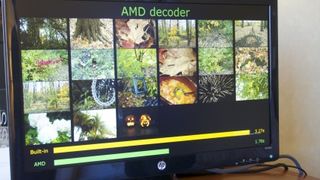
Kaveri price and scalability
Not all is known about Kaveri - CES 2014 is the APU's "big coming out party," as we've been told by AMD.
Are you a pro? Subscribe to our newsletter
Sign up to the TechRadar Pro newsletter to get all the top news, opinion, features and guidance your business needs to succeed!
With the first Kaveri desktops due early next year, the all-important price question will be answered in short order. Until then Kozak and AMD are keeping mum on cost, but we suspect Kaveri will be priced in the same range as Richland desktop was when that APU was released in the channel.
Kozak noted, as AMD has, that the company has reversed its normal APU release order and is taking Kaveri first to desktop.
"It's sort of a chicken and egg thing," he said of the decision. "We're really interested in getting Kaveri out there as fast as possible. If it is just the desktop, and not the bread and butter of mobile, it's because we need guys to start programming for it. We give them the fastest implementation and they can start optimizing their code, and obviously from there can start optimizing for lower TDPs."
While scalability with Kaveri is a big selling point, Kozak said not to expect it in something as small as a smartphone anytime soon.
"Right now we're going as low as 15W, which is not a phone, all the way up to the typical desktop," he said. Though Kozak didn't mention it, AMD has stated Kaveri will head to embedded systems and servers as well.
Snipping through Battlefield 4 and JPEGs is all well and good, but when it comes to real-world implementation, CES and the days following are going to be Kaveri's true gauntlet run.
Early showings have been impressive, and Kozak said more work is being done to fine-tune Kaveri.
"I expect this one to get even better for us," he said, referring to the Battlefield 4 desktop demo. "We still have our engineers working with DICE on Kaveri optimizations. That's going on as we sit here, and we still have DICE working with Mantle. There's a two-step prong that's going to make this even better."
Michelle was previously a news editor at TechRadar, leading consumer tech news and reviews. Michelle is now a Content Strategist at Facebook. A versatile, highly effective content writer and skilled editor with a keen eye for detail, Michelle is a collaborative problem solver and covered everything from smartwatches and microprocessors to VR and self-driving cars.





